
The Heart of HVAC: Air Handling Units in Action
- By:hqt
- 2024-01-09
- 29
The heart of HVAC systems lies in their ability to regulate indoor environments for comfort and efficiency. Central to this intricate dance of temperature control and air quality maintenance are Air Handling Units (AHUs). These unsung heroes serve as the nerve center, orchestrating the flow of conditioned air in buildings, whether they are residential, commercial, or industrial. Discover how these unassuming units play a vital part in creating the optimal indoor environment, ensuring not only comfort but also the well-being of occupants. Our expertise is manufacturing aluminum profiles, industrial frames, and semi-finished and fully assembled products. We also offer aluminum clean room doors and air-handling unit cabinets. Our company produces various components such as control dampers, water baffles, trunking diffusers, and stylish grilles using our aluminum profiles. Alternatively, you can purchase aluminum profiles by the meter or kilo and assemble the products in your factory. The aluminum profile thickness options are GJ6050M-(2.0mm) and GJ6050M-1(1.5mm). Choose the one that best suits your project's requirements.
Understanding HVAC Systems
HVAC Systems: The Unseen Architects of Indoor Comfort
HVAC (Heating, Ventilation, and Air Conditioning) systems are the invisible designers of our indoor well-being. Operating discreetly in the background, these systems are indispensable for regulating temperature, humidity, and air quality across diverse environments, from residential homes to commercial establishments.
Essential Components of an HVAC System
- Heating and Cooling Sources
HVAC systems rely on heating sources (e.g., furnaces, heat pumps) to provide warmth and cooling sources (e.g., air conditioners) to maintain cooler conditions, forming the core of temperature management.
- Ductwork
Ductwork comprises an intricate network of channels responsible for the distribution of conditioned air throughout buildings. These conduits ensure uniform temperature dispersion and efficient air circulation.
- Ventilation
Proper ventilation is essential for introducing fresh outdoor air, managing humidity levels, and eliminating indoor pollutants. Components such as exhaust fans, fresh air intakes, and air exchange systems contribute to effective ventilation.
- Air Handling Units (AHUs) (Focus)
At the heart of our discussion are Air Handling Units (AHUs). AHUs filter, condition, and distribute air, featuring critical components such as fans, filters, heat exchangers, and humidifiers/dehumidifiers. AHUs play a pivotal role in maintaining air quality and comfort, solidifying their status as the linchpin of HVAC systems.
Air Handling Units (AHUs) Explained
Definition and Function of AHUs
Air Handling Units (AHUs) are essential components of HVAC systems responsible for air quality and distribution management. Their primary function is to condition, filter, and circulate air to maintain comfortable indoor environments. AHUs ensure that the air supplied into spaces is properly treated, free from contaminants, and meets the desired temperature and humidity levels.
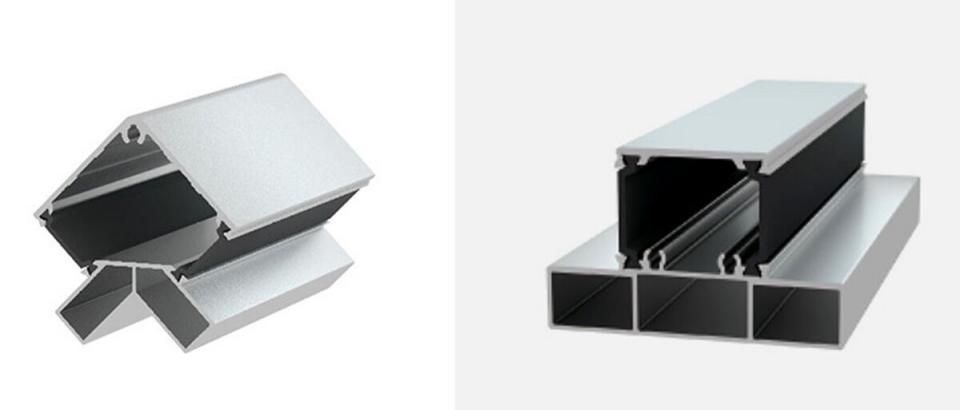
Key Components of AHUs
- Fans
AHUs incorporate fans that facilitate the movement of air within the system. These fans ensure efficient air circulation, promoting consistent temperature and distributing treated air throughout the building.
- Filters
Filters within AHUs are crucial in purifying the incoming air by capturing dust, allergens, and pollutants. This filtration process enhances indoor air quality by removing harmful particles.
- Heat Exchangers
Heat exchangers in AHUs enable energy efficiency by recovering heat from exhaust air and transferring it to incoming fresh air. This process helps maintain desired temperatures while conserving energy.
- Humidifiers and Dehumidifiers
AHUs may feature humidification and dehumidification components to control indoor humidity levels. This is particularly important for preventing discomfort and maintaining ideal conditions.
AHUs in Residential vs. Commercial Settings
AHUs are typically integrated into central HVAC systems in residential settings to ensure proper air distribution and filtration. In contrast, commercial settings often require larger and more complex AHUs capable of handling larger air volumes to cater to the specific needs of larger spaces, such as office buildings, hospitals, and shopping malls. Commercial AHUs may also have more advanced control systems and filtration options to meet stricter air quality standards.
How AHUs Work
The Air Circulation Process
Air Handling Units (AHUs) draw ambient air from the surroundings. This air then passes through a series of components within the AHU. Fans play a crucial role in driving this airflow. Once inside, the air undergoes treatment processes before being distributed into the building's interior spaces through ductwork. The circulation process ensures a consistent and even distribution of conditioned air throughout the building.
Temperature and Humidity Control
AHUs regulate temperature and humidity levels by passing the incoming air through heating or cooling coils. These coils adjust the air's temperature as needed. Additionally, humidifiers and dehumidifiers can be employed within AHUs to control and maintain optimal humidity levels, contributing to overall comfort.
Filtration and Air Quality
AHUs feature filters that trap dust, allergens, pollutants, and contaminants present in the incoming air. This filtration process significantly improves indoor air quality by removing harmful particles. Some AHUs may include advanced filtration options for specific air quality requirements.
Energy Efficiency Considerations
Energy efficiency is a key consideration in AHU design. Heat exchangers recover thermal energy from the exhaust air, pre-conditioning the incoming air and reducing the system's energy consumption. Additionally, AHUs are equipped with variable-speed fans and controls that optimize airflow and temperature to minimize energy usage while maintaining comfort.
Applications of AHUs
Commercial Buildings
Office Spaces: AHUs are indispensable for creating a conducive and efficient workspace within office buildings. They meticulously manage temperature, humidity, and air quality, guaranteeing that employees and occupants can concentrate on their responsibilities without discomfort.
Hospitals: AHUs are lifelines for maintaining sterile and hygienic conditions in healthcare environments. They exert precise control over airborne pathogens, uphold consistent temperature and humidity levels for patient well-being, and provide an ideal environment for the operation of medical equipment.
Shopping Malls: Shopping complexes rely on AHUs to craft enjoyable shopping experiences. These units are instrumental in regulating indoor temperatures and preserving air quality, ensuring visitors relish their time in a comfortable and sanitary atmosphere.
Industrial Facilities
In industrial domains encompassing manufacturing, warehouses, and cleanrooms, AHUs serve as essential assets. They play a pivotal role in regulating temperature and humidity, both critical for specific industrial processes and the preservation of products.
Residential HVAC Systems
Within residential settings, AHUs are seamlessly integrated into central HVAC systems. They aim to uphold consistent indoor temperatures, elevate air quality, and guarantee that residents bask in comfortable living conditions throughout the year. AHUs within homes contribute significantly to overall energy efficiency and comfort, solidifying their status as an integral component of contemporary residential HVAC systems.
Maintenance and Care
Importance of Regular Maintenance
Regular maintenance is paramount to ensure the optimal performance and longevity of Air Handling Units (AHUs). It prevents potential breakdowns, maintains energy efficiency, and safeguards indoor air quality. Routine checks and servicing help identify and rectify issues before they escalate, ultimately reducing operational costs and downtime.
Common Issues with AHUs
Common issues plaguing AHUs include clogged filters, fan malfunctions, dirty coils, and leaks. Neglecting these problems can lead to reduced airflow, compromised air quality, and increased energy consumption. Addressing these issues promptly through maintenance can extend the lifespan of the AHU and prevent costly repairs.
DIY vs. Professional Maintenance
While some basic maintenance tasks, like filter replacement, can be performed by building owners or facility managers, professional maintenance is often necessary. Trained technicians are trained to diagnose and resolve complex issues, ensuring that AHUs operate efficiently and safely. DIY maintenance can complement professional servicing but should not replace it entirely, as professional inspections are vital for comprehensive AHU care and compliance with industry standards.
Final Words
In summary, Air Handling Units (AHUs) are the often-overlooked heroes at the heart of HVAC systems, steadfastly dedicated to maintaining indoor environments that are both comfortable and healthful. Whether it's within offices, hospitals, industrial sites, or residential settings, AHUs play an indispensable role in ensuring that the air we breathe is consistently pure, perfectly conditioned, and conducive to our overall well-being. Comprehending the intricate operations of AHUs, from managing air circulation to meticulously controlling temperature and humidity, is essential to grasp their essential function fully. Regular maintenance and professional attention are non-negotiable aspects for keeping these units operating at peak efficiency, warding off common problems, and maximizing energy efficiency. As technology advances, AHUs evolve to become more intelligent, energy-efficient, and environmentally conscious. They remain central in our pursuit of sustainable, comfortable, and healthy indoor living and working spaces. Nestled within HVAC systems, AHUs persistently labor to provide the air quality and comfort we often take for granted, solidifying their role as the unsung heroes of indoor well-being.
-
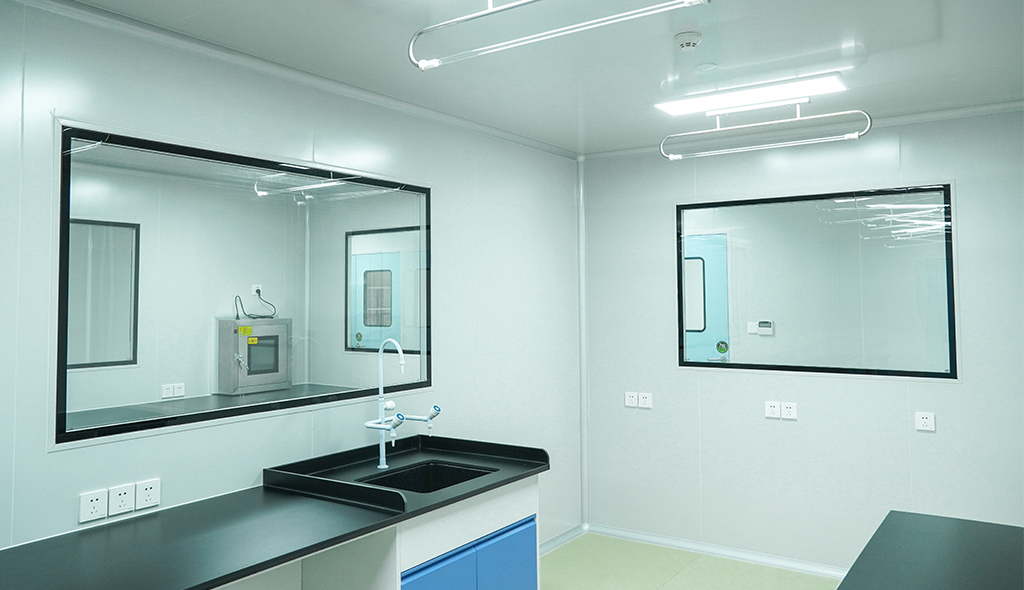 Cleanroom Glass Windows Are The Key to Maintaining a Clean Environment
Cleanroom Glass Windows Are The Key to Maintaining a Clean Environment -
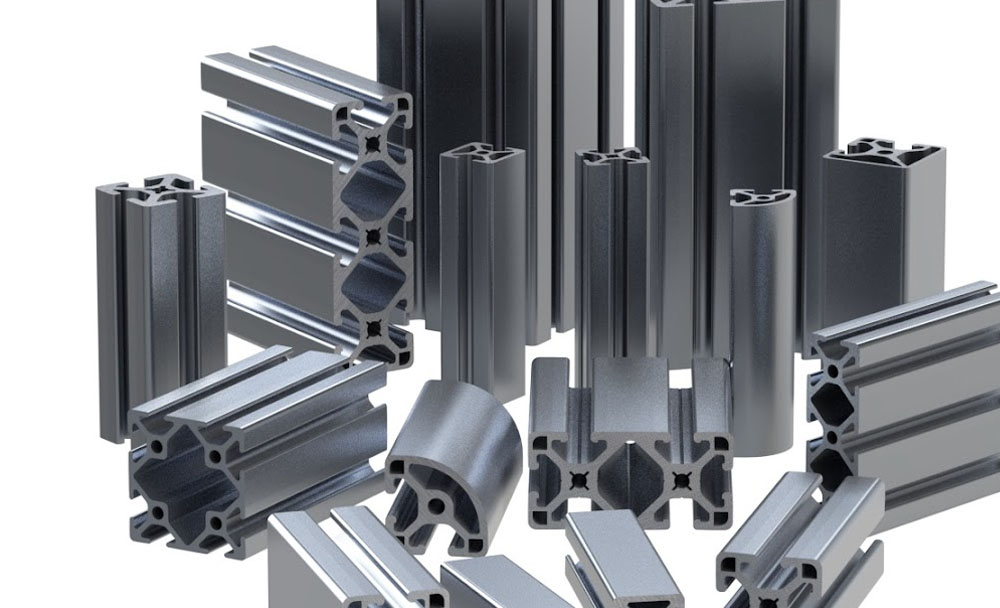 Top Aluminium Profile Manufacturers in China: Leading the Global Market
Top Aluminium Profile Manufacturers in China: Leading the Global Market -
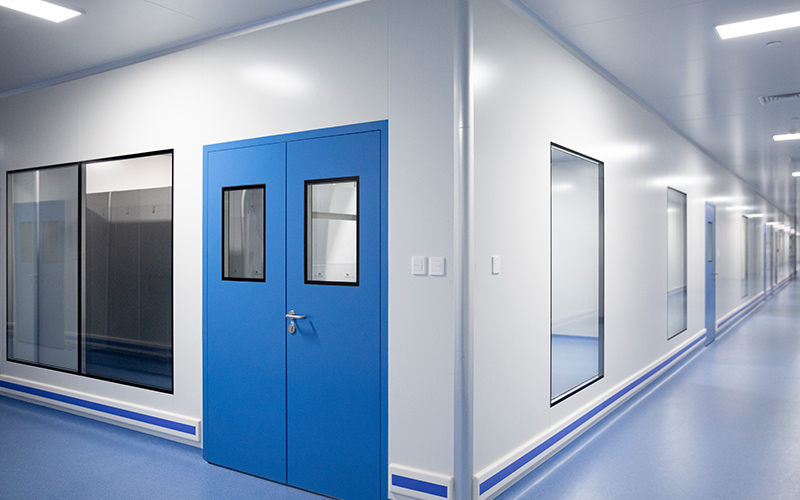 The Evolution of Air Tight Sliding Doors
The Evolution of Air Tight Sliding Doors -
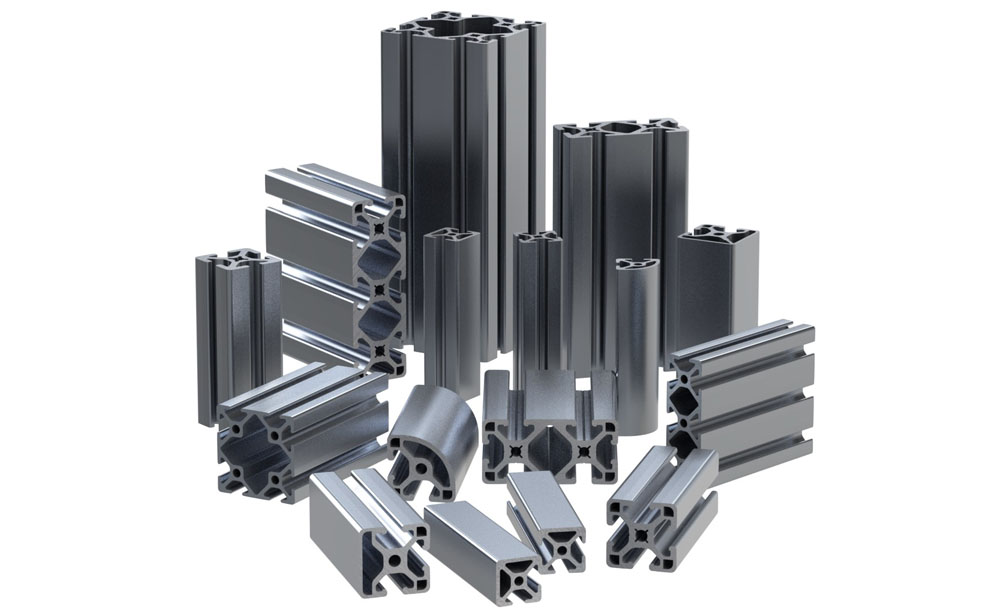 AHU Aluminium Profile: A Comprehensive Guide
AHU Aluminium Profile: A Comprehensive Guide -
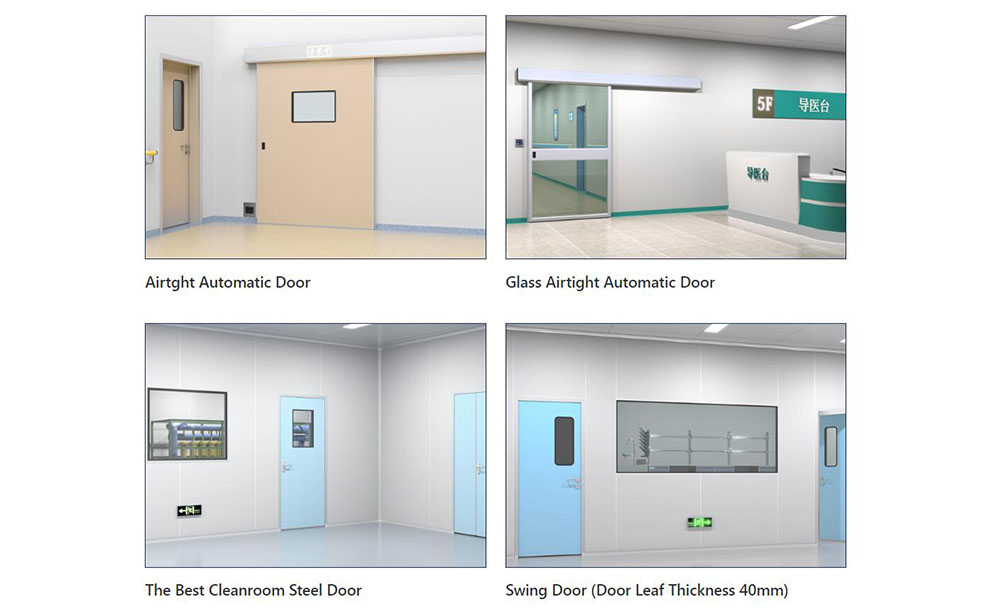 The Importance of Choosing the Right Cleanroom Door in Vietnam
The Importance of Choosing the Right Cleanroom Door in Vietnam -
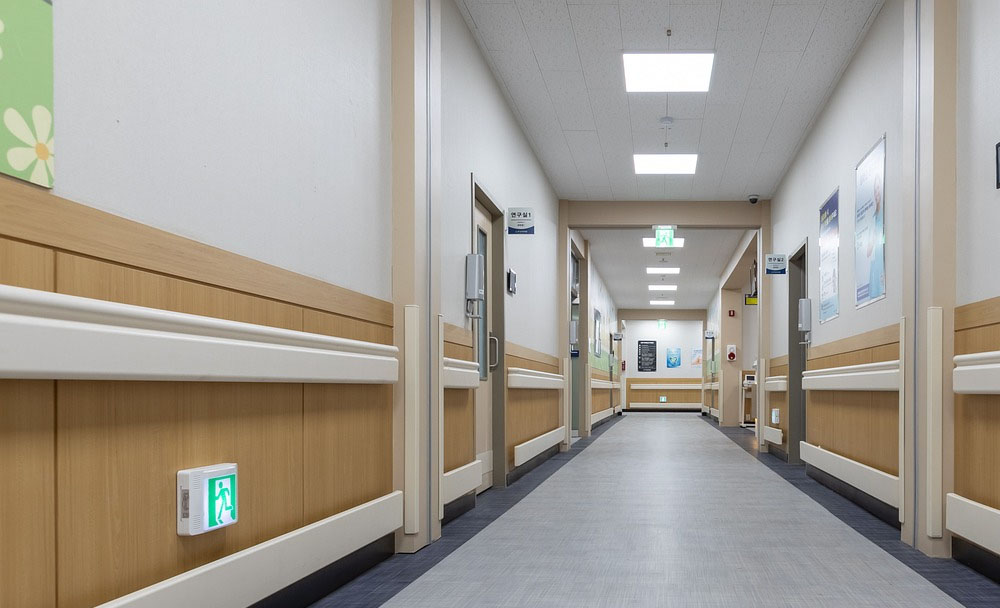 The Benefits of Hospital Automatic Doors: Enhancing Efficiency and Safety
The Benefits of Hospital Automatic Doors: Enhancing Efficiency and Safety -
.jpg) The Best Bathroom Door Manufacturers - Unlocking Endless Possibilities!
The Best Bathroom Door Manufacturers - Unlocking Endless Possibilities! -
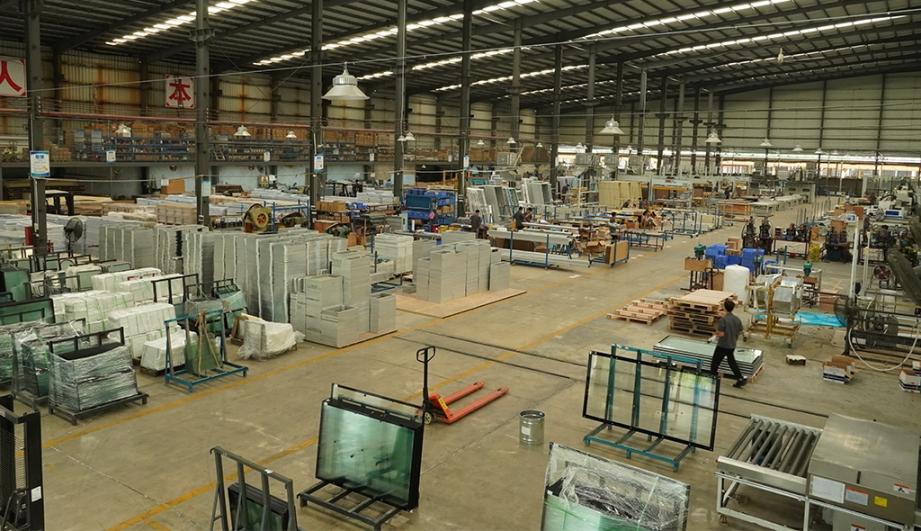 Unlock the Possibilities with AJ Manufacturing Doors
Unlock the Possibilities with AJ Manufacturing Doors -
 Make a Statement with Manufactured Home Interior Doors!
Make a Statement with Manufactured Home Interior Doors! -
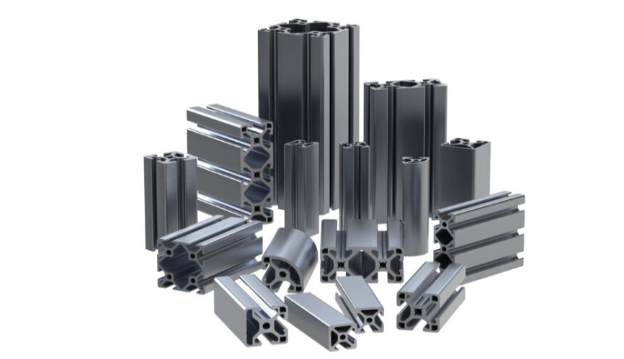 what is aluminum profile? Aluminum Profiles for Your Home is the best option
what is aluminum profile? Aluminum Profiles for Your Home is the best option
-
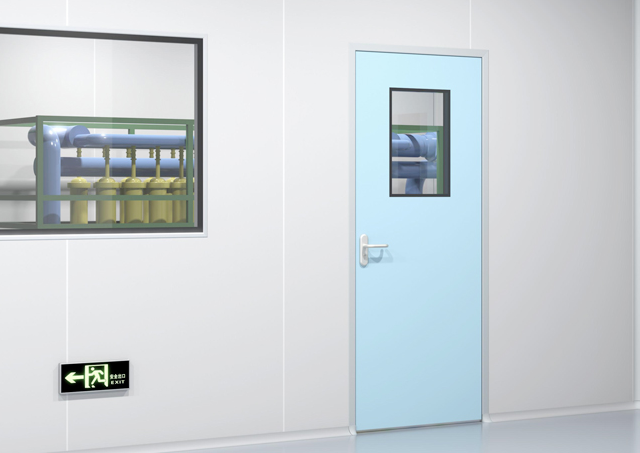 Next-Gen Medical Cleanroom Access: Introducing the Cleanroom Steel Door Solution
Next-Gen Medical Cleanroom Access: Introducing the Cleanroom Steel Door Solution -
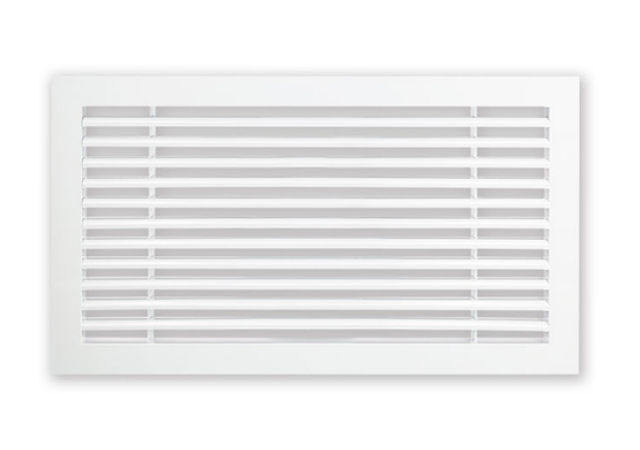 Linear Bar Grille Air Conditioning Diffuser with 0° Angle Blades for Perfect Airflow
Linear Bar Grille Air Conditioning Diffuser with 0° Angle Blades for Perfect Airflow -
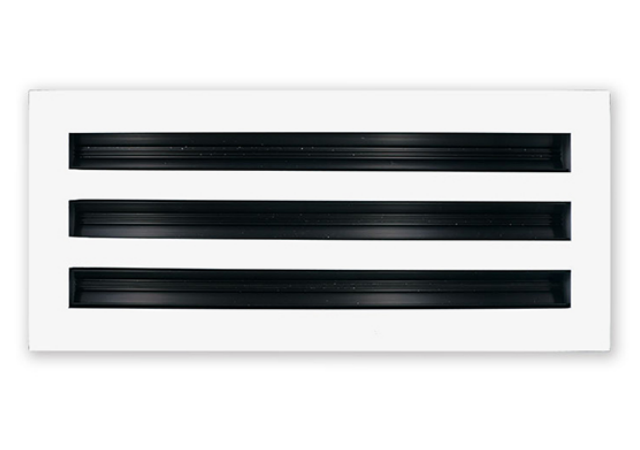 The Sleek and Efficient Linear Slot Diffuser for Air Vent
The Sleek and Efficient Linear Slot Diffuser for Air Vent -
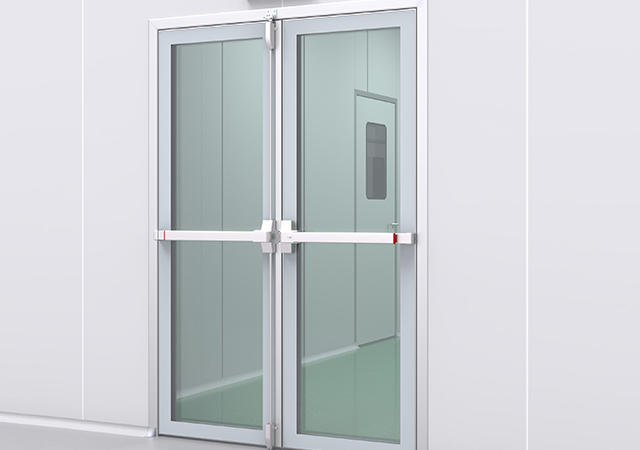 Double-Swing Glass Doors - Modern Laboratory Cleanroom Doors
Double-Swing Glass Doors - Modern Laboratory Cleanroom Doors -
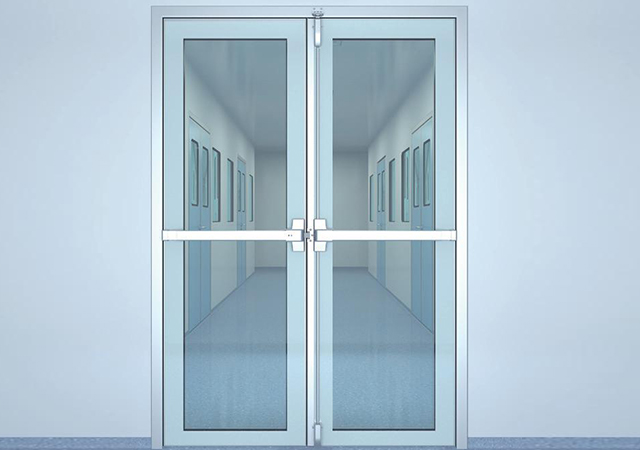 Superior Aluminium Glass Swing Door - Pharmaceutical Cleanroom Door
Superior Aluminium Glass Swing Door - Pharmaceutical Cleanroom Door -
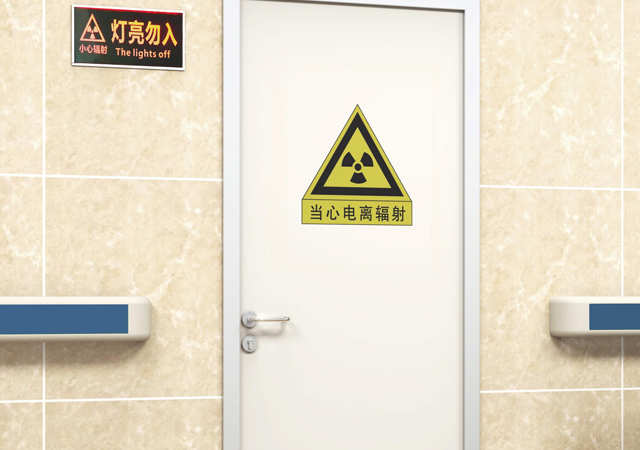 E-ZONG Leads the Way in China's Medical Lead Protection Doors: Innovation for Safety and Efficiency
E-ZONG Leads the Way in China's Medical Lead Protection Doors: Innovation for Safety and Efficiency -
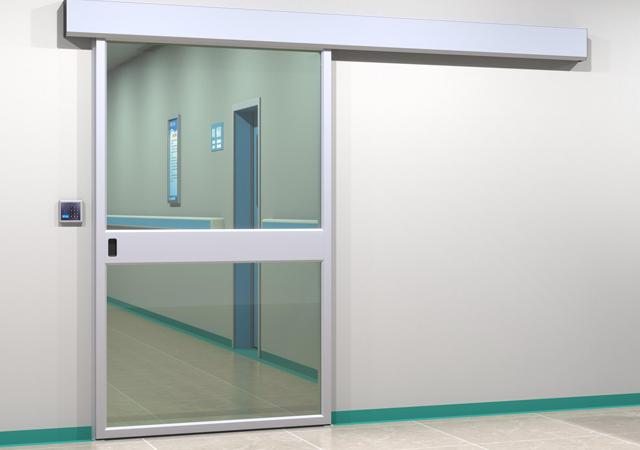 E-ZONG: Leading the Suppliers of Glass Airtight Automatic Doors for Safer, Cleaner Spaces
E-ZONG: Leading the Suppliers of Glass Airtight Automatic Doors for Safer, Cleaner Spaces -
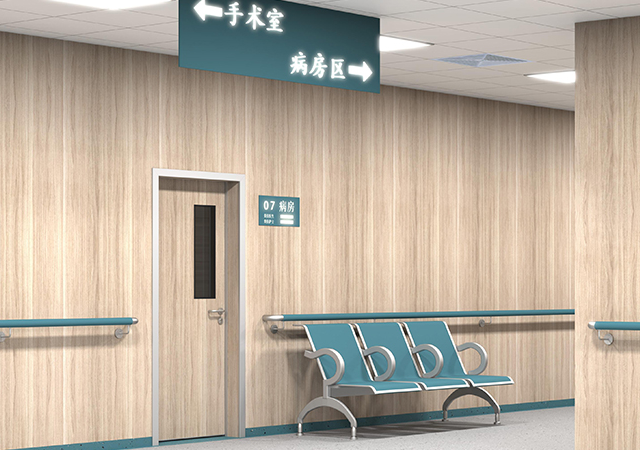 How Wall Air-Tight Swing Doors Ensure Clean Environments With Secure & Silent
How Wall Air-Tight Swing Doors Ensure Clean Environments With Secure & Silent -
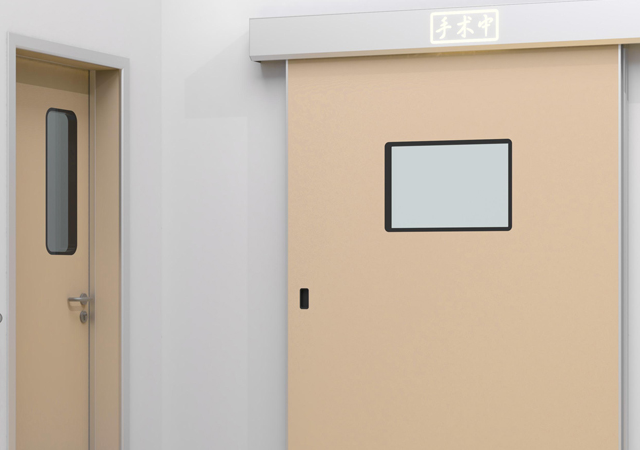 Seamless Automatic Cleanroom Sliding Doors: Smooth, Safe, and Hygienic Solutions
Seamless Automatic Cleanroom Sliding Doors: Smooth, Safe, and Hygienic Solutions -
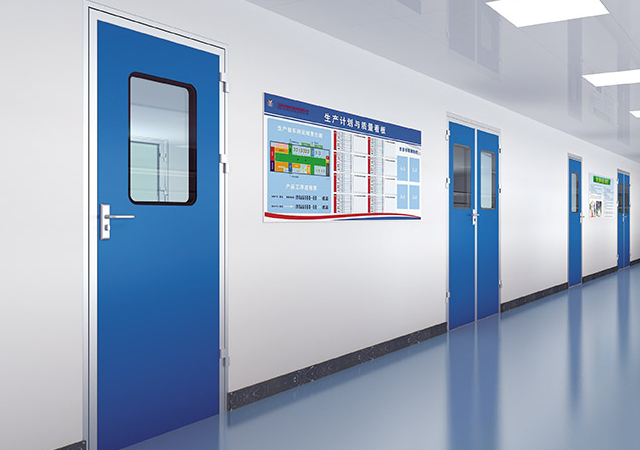 Elegant & Durable: Premium Swing Door Protection for Hospitals
Elegant & Durable: Premium Swing Door Protection for Hospitals

Guangzhou Yizhong Aluminum Industry Co., Ltd.
We are always providing our customers with reliable products and considerate services.
We are always providing our customers with reliable products and considerate services.
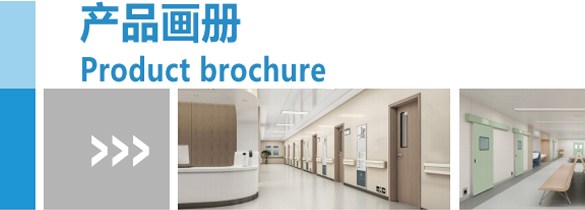
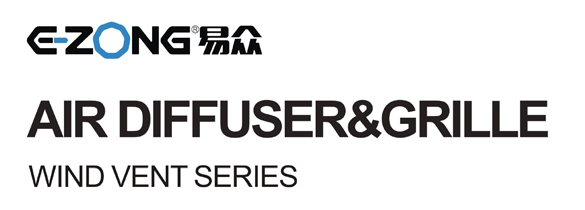








Speak Your Mind